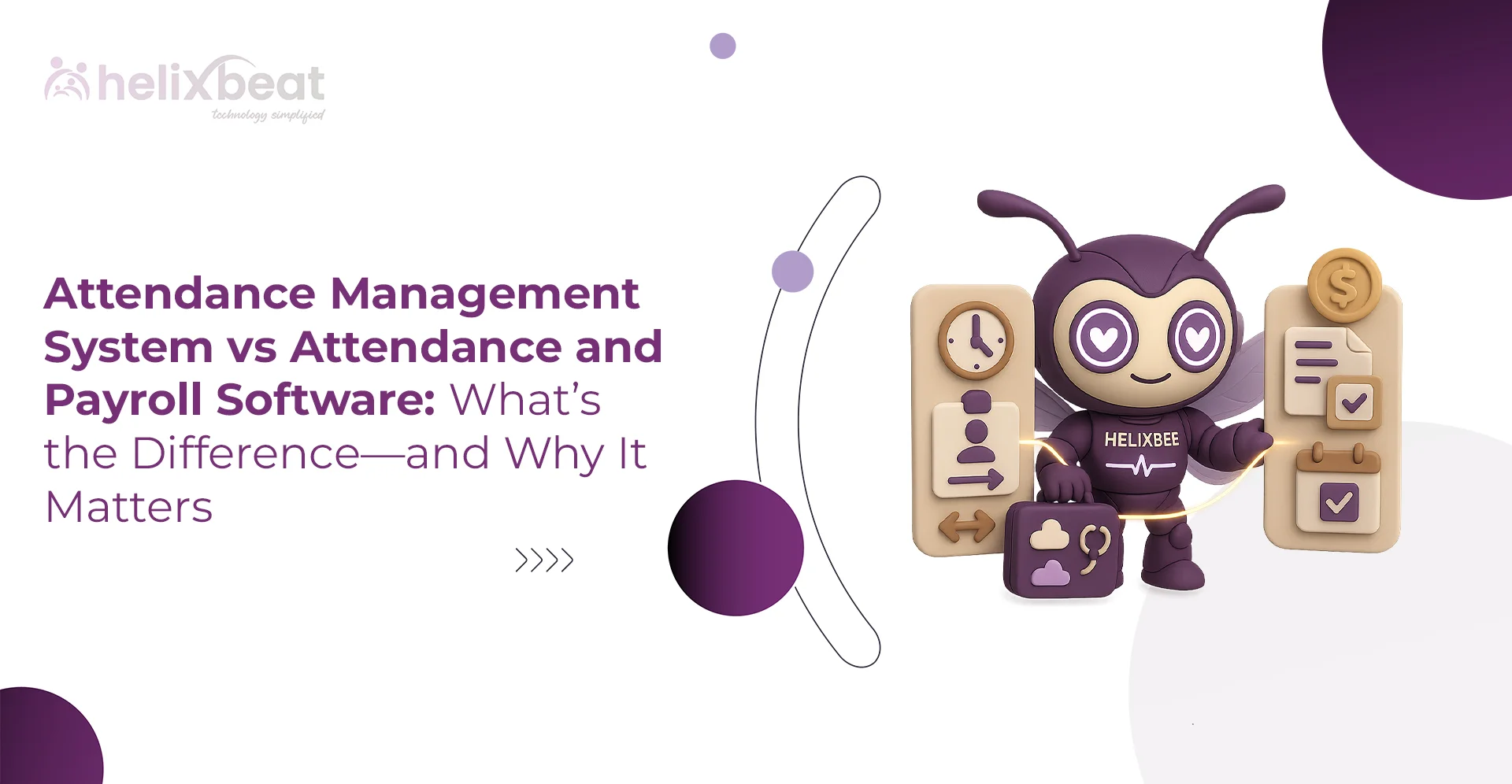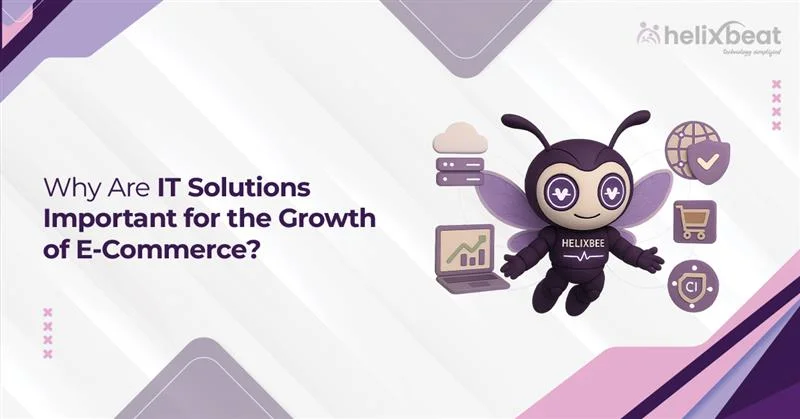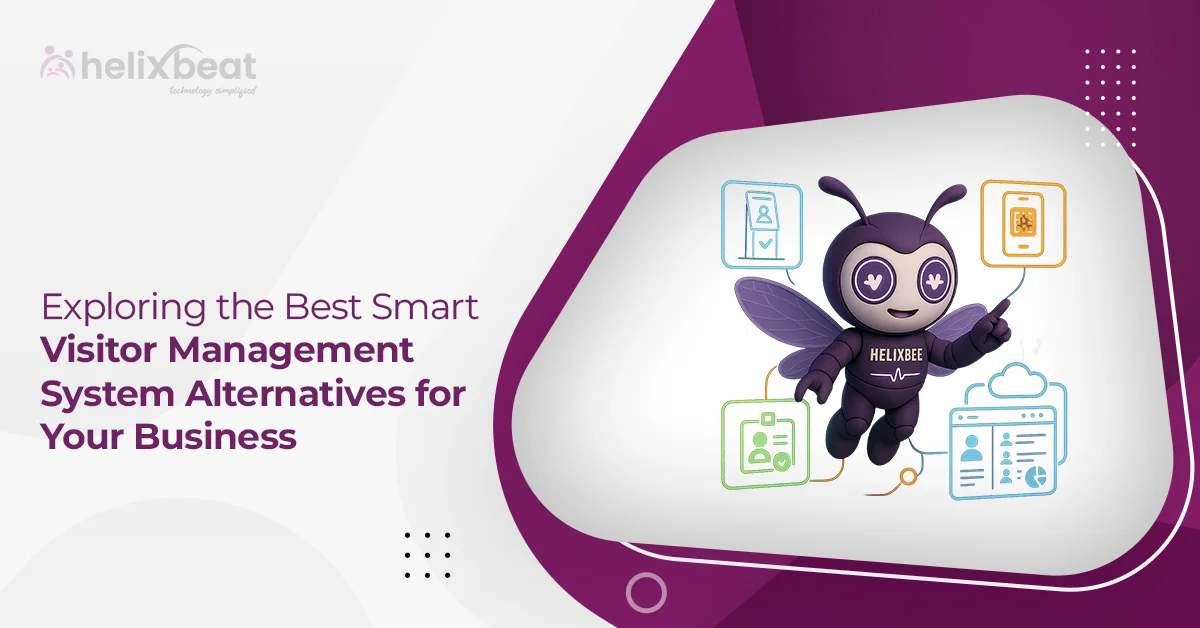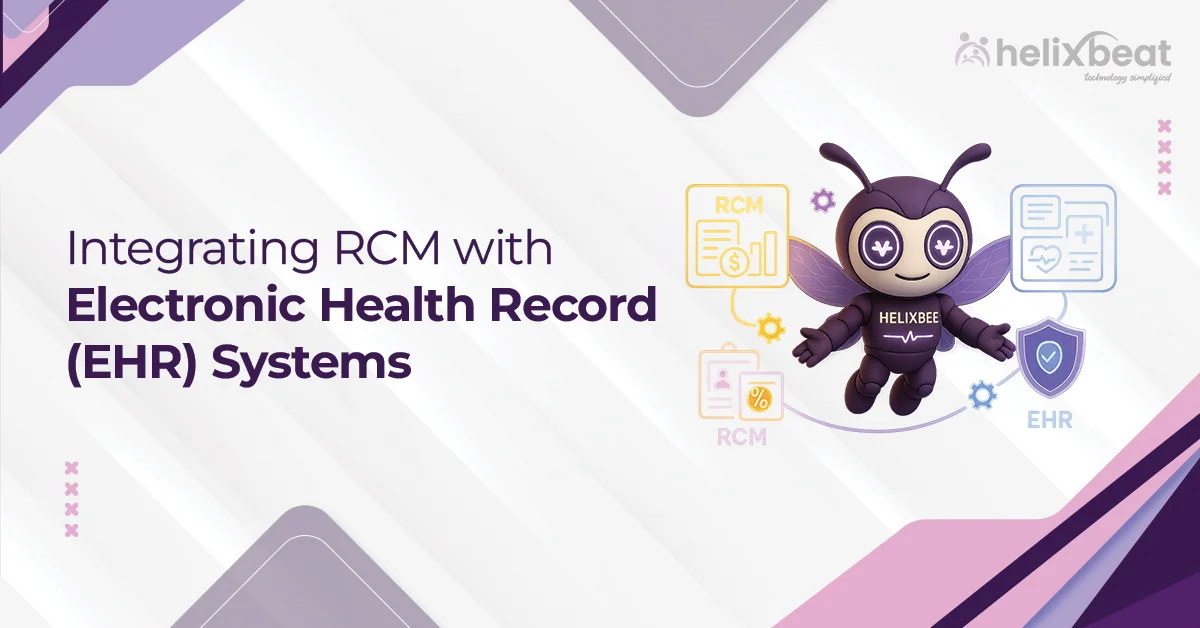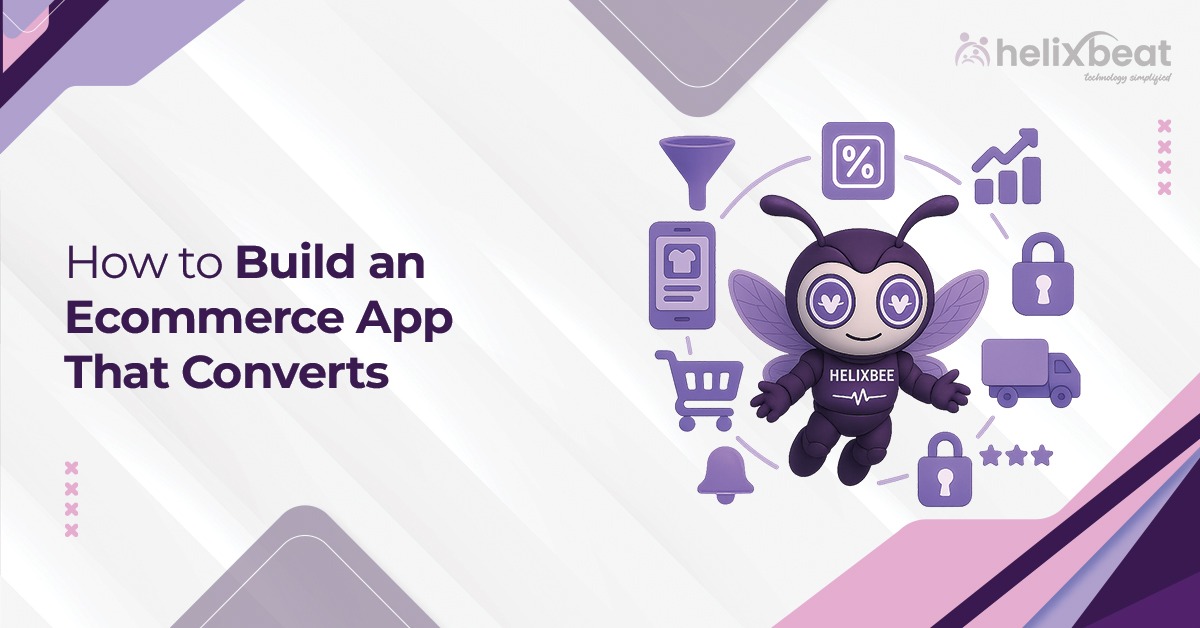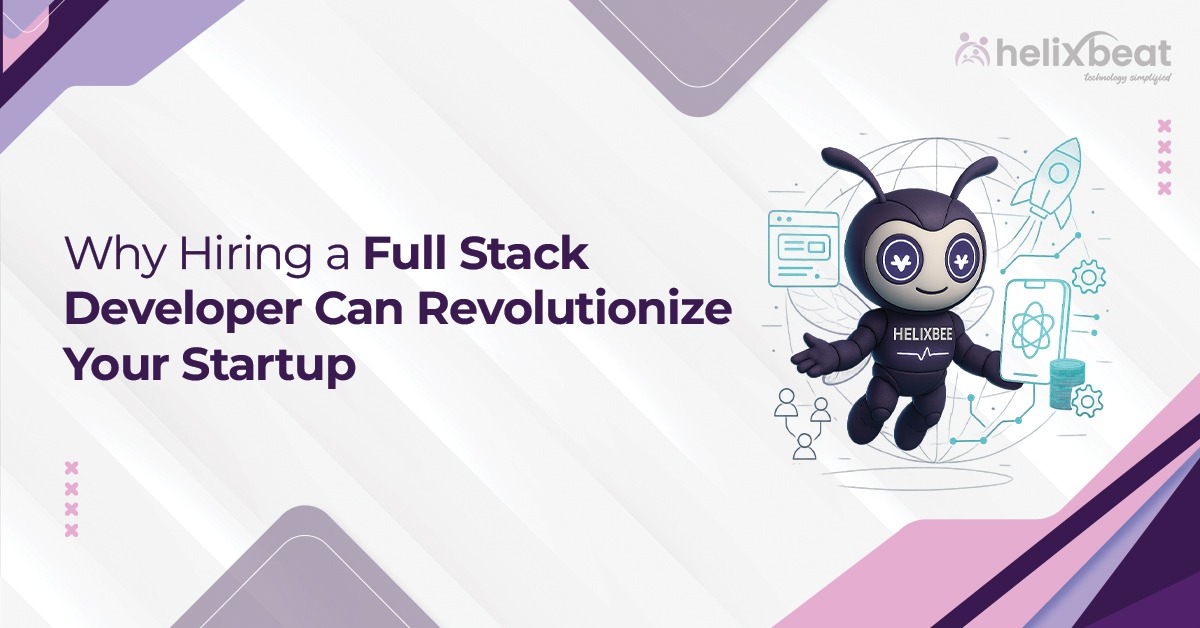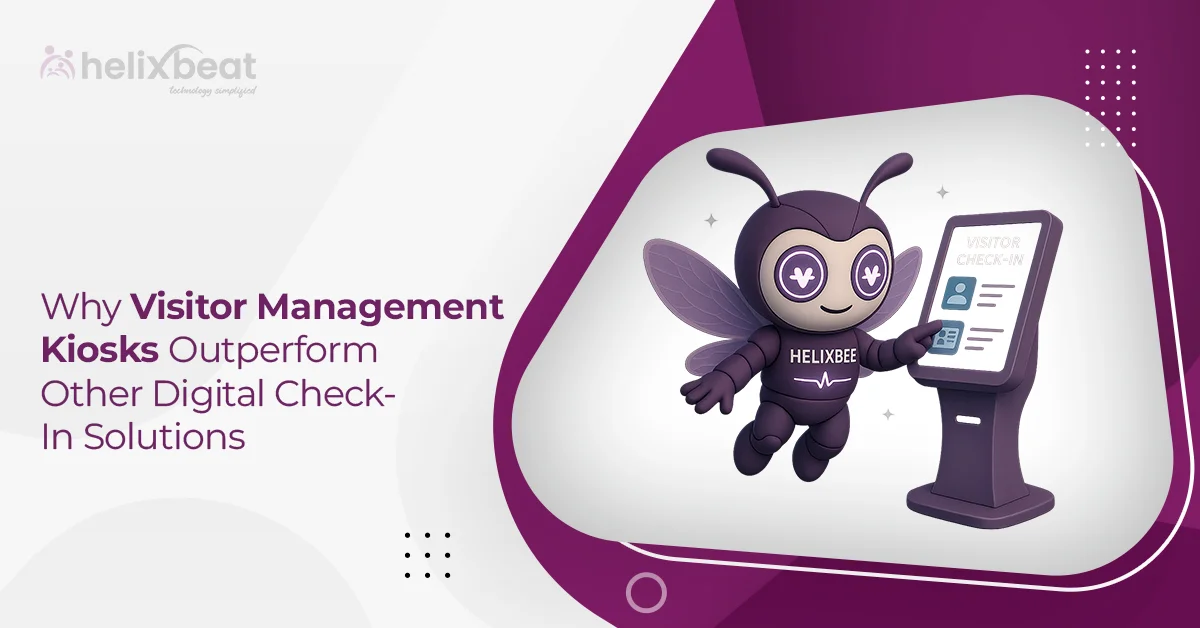The world is becoming more connected every day, with businesses and consumers relying more on IoT products. In fact, the number of connected devices worldwide is expected to exceed 30 billion by 2025. While this fast growth offers huge opportunities, it also presents a major challenge for companies: how to successfully develop and launch IoT products that meet market needs and stand out from the competition.
The solution lies in a structured and well-planned approach to IoT product development. By understanding the entire development life cycle from ideation to launch, businesses can create products that are not only functional but also secure, scalable, and ready for the future.
This guide will help you solve the complexities of IoT product development, providing the insights you need to bring your ideas to life and achieve market success.

Table of Contents
Overview of IoT Product Development
IoT product development is the process of creating devices that connect to the internet, allowing them to collect, exchange, and process data. This involves integrating hardware, software, and cloud services to build intelligent systems that can communicate with each other and the user. From smart home appliances to industrial machines, the possibilities of IoT are vast.
However, developing these products comes with unique challenges, such as ensuring seamless connectivity, maintaining security, and meeting performance expectations. A successful IoT product development process requires a clear understanding of the product’s purpose, a robust technical design, and rigorous testing to ensure it delivers value to users while being scalable and secure.
Different Stages Involved in IoT Product Development
1. Ideation and Conceptualization:
The first stage involves defining the problem the IoT product will solve. This is where businesses brainstorm ideas, identify target users, and decide on the core functionalities of the product. It’s essential to understand the market needs and create a clear vision for what the product will do and how it will improve user experiences.
2. Design and Prototyping:
Once the concept is defined, the next step is designing the product, which includes both hardware and software. This phase focuses on creating the initial prototype, which allows for testing and refining the idea. The goal is to ensure that the product’s design is user-friendly and the technology works as intended. It also includes selecting the right sensors, processors, and connectivity options for the device.
3. Development and Integration:
In this stage, the product moves into full-scale development. The hardware is finalized, and the software is written, often including cloud integration and data storage solutions. It also involves integrating the different components, like sensors, actuators, and communication protocols. Testing is critical here to ensure everything functions together seamlessly and meets performance standards.
4. Testing, Deployment, and Maintenance:
After development, the product undergoes extensive testing to ensure it meets quality and safety standards. This includes functional testing, security testing, and user testing to identify and fix any issues. Once the product is ready, it’s deployed to the market. Post-launch, the product requires ongoing maintenance and updates to address bugs, add new features, and improve security as needed.
Custom vs. Off-the-Shelf IoT Product Development Services
| Aspect | Custom IoT Product Development | Off-the-Shelf IoT Product Development |
| Customization | Tailored to specific business needs and requirements. | Limited customization; uses pre-designed solutions. |
| Time to Market | Longer development cycle due to tailored design and testing. | Faster deployment as products are ready-made and pre-tested. |
| Cost | Higher initial costs for development, testing, and deployment. | Lower upfront costs, but may require additional licensing fees. |
| Flexibility | Highly flexible in terms of features, design, and scalability. | Limited flexibility in adapting to unique needs or scalability. |
| Long-Term Viability | More sustainable for businesses with evolving needs and growth. | May require updates or replacements as business needs evolve. |
| Support and Maintenance | Requires ongoing support tailored to the product. | Standard support, but may not address specific issues unique to the business. |
IoT Product Development Process: 5 Important Steps
1. Identify the Problem and Set Goals
The first step in developing an IoT product is understanding the problem you want to solve. For example, if you’re developing a smart thermostat, the problem could be that people forget to turn off their heating or cooling systems when they leave the house, leading to wasted energy.
By setting the goal to create a system that automatically adjusts the temperature based on the user’s schedule, you can make sure your product addresses real user needs.
2. Design the Concept
Once you know what problem you’re solving, it’s time to design the product. For instance, in the case of the smart thermostat, this could involve deciding what the user interface will look like (like a mobile app) and what features it will have (like voice control or geo-fencing).
A simple prototype of the thermostat can be built to see how it fits into the user’s home environment and whether it’s easy to control through a smartphone.
3. Build and Test the Prototype
After designing the concept, you create the first working version of the product. For the smart thermostat, this would mean assembling the sensors, the hardware that controls the temperature, and integrating the software. Testing the prototype could involve installing it in a real home and checking whether it adjusts the temperature accurately based on occupancy.
Testing will help you figure out if the device works well with the home’s Wi-Fi and if the app responds as expected.
4. Develop the Final Product
With a working prototype in hand, the next step is to make improvements and finalize the product. For the smart thermostat, this could mean enhancing its design for easier installation, improving the app’s user interface, and ensuring the product can handle a wide range of home sizes and heating/cooling systems.
You would also focus on making the product more secure to prevent unauthorized access to users’ home networks.
5. Launch and Ongoing Support
After everything is tested and finalized, the product is ready for launch. In the case of the smart thermostat, this means marketing the product and making it available for purchase online or in stores. After the launch, ongoing support is necessary.
For example, you might release software updates to improve performance or add new features based on customer feedback, such as integrating with more smart home platforms or adding a feature to monitor energy savings.
By following these five steps, businesses can develop an IoT product that addresses real-world problems and delivers value to users, while also ensuring it’s functional and ready for the market.
Final Checklist Before You Go to Market
Before launching your product, it’s essential to partner with an experienced IoT Product Development Company which helps you to meet customer expectations.
1. Market Fit
Make sure your IoT product meets a real customer need. Is there a clear demand for your solution, and does it solve the problem effectively? Test the product with potential users to confirm its value.
2. User Experience
Double-check that the product is user-friendly. Is the interface intuitive? Can users easily set up and control the device without confusion? A smooth user experience will lead to adoption.
3. Security and Privacy
Make sure your product follows best practices for data protection and user privacy. IoT products are often vulnerable to cyber threats, so securing your device and cloud services is critical.
4. Scalability
Make sure that your product can grow as demand increases. Can it handle more users or devices without performance issues? Think about future updates and how easily the product can scale.
5. Compliance
Verify that your product complies with relevant regulations, such as safety standards, data privacy laws, or industry-specific requirements. Compliance helps avoid legal issues down the road.
6. Post-Launch Support
Plan for ongoing customer support. Have you set up systems to handle user inquiries, troubleshooting, and software updates? Ensuring a solid support system post-launch will keep customers satisfied and engaged.
By following this checklist, you can confidently take your IoT product to market, knowing it’s ready for success.
Examples of IoT in Different Fields
Improving Healthcare and Patient Monitoring (Healthcare):
In healthcare, IoT devices are revolutionizing patient care. For example, wearable health trackers like Fitbit or Apple Watch monitor vital signs such as heart rate, sleep patterns, and activity levels. These devices sync data to cloud-based platforms, allowing doctors to monitor patients remotely and provide timely interventions.
Helping Farmers Improve Crop Yields and Save Water (Agriculture):
In agriculture, IoT devices such as smart irrigation systems are transforming farming practices. These systems use sensors to monitor soil moisture levels and weather conditions. Based on real-time data, they automatically adjust watering schedules, conserving water and improving crop yield while reducing operational costs.
Vehicle Performance and Road Safety (Transportation):
IoT is transforming the transportation industry with connected vehicles. For example, smart cars use IoT sensors to monitor engine performance, track vehicle location, and offer real-time traffic updates. This data is sent to cloud platforms, allowing drivers to make informed decisions, improve fuel efficiency, and enhance safety by providing alerts about potential issues.
How Helixbeat Can Help You with IoT Product Development
At Helixbeat, we make it easy to go from idea to a working IoT product. We provide end-to-end IoT product development services to make sure your product meets customer needs and industry standards.
Here’s how we can assist you:
- Develop customized solutions to match your unique needs.
- Full support from ideation to deployment.
- Building scalable and secure IoT products.
- Ensuring smooth integration with existing systems.
- Continuous maintenance and updates for optimization.
With Helixbeat’s expertise in IoT product development, we help you bring innovative, reliable, and secure products to market quickly and efficiently. If you’re looking to develop your first IoT product in just a few months, contact us today to get started.
FAQ:
1. How to build an IoT product?
Building an IoT product involves identifying the problem, designing the concept, developing the prototype, integrating IoT devices with cloud platforms, testing the product for security and functionality, and launching it with ongoing support.
2. What are the five major stages of product development?
The five major stages of product development are ideation, design, development, testing, and launch. Each stage ensures the product is well thought out, built effectively, and ready for market.
3. What is the full form of IoT devices?
The full form of IoT is Internet of Things. IoT devices are everyday objects embedded with sensors and software, enabling them to connect to the internet and exchange data.
4. What is the future of IoT?
The future of IoT looks promising, with continued growth in smart homes, healthcare, transportation, and agriculture. As more devices get connected, the IoT ecosystem will become more integrated and smarter, leading to more efficient, data-driven decisions and automation in everyday life.
5. Where is IoT used in daily life?
IoT is used in smart homes, wearables, transportation, healthcare, and retail, where devices like thermostats, fitness trackers, connected vehicles, remote patient monitors, and smart inventory systems are common.
6. What is meant by an IoT product development website?
An IoT product development website is an online platform that provides services, resources, and expertise for designing, building, and deploying IoT products, guiding businesses through the entire product development process.








